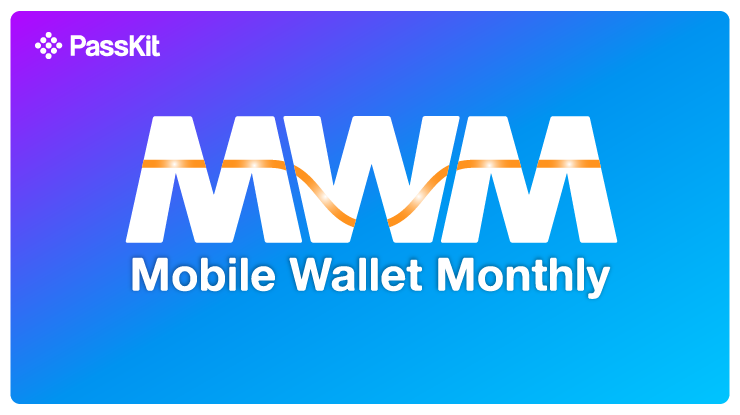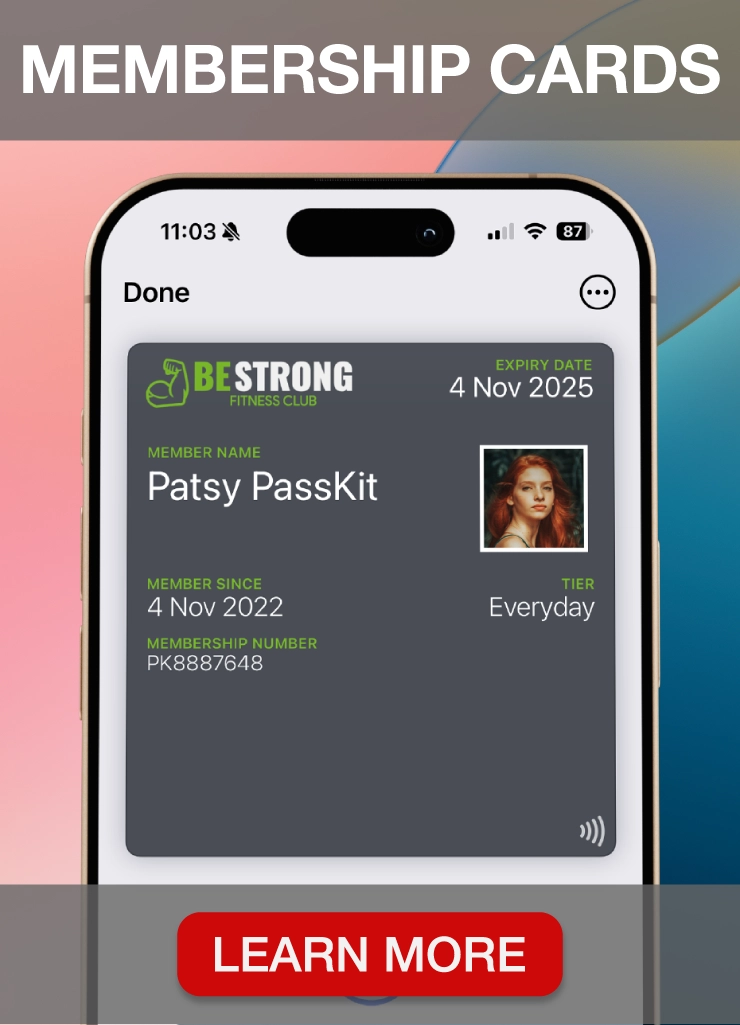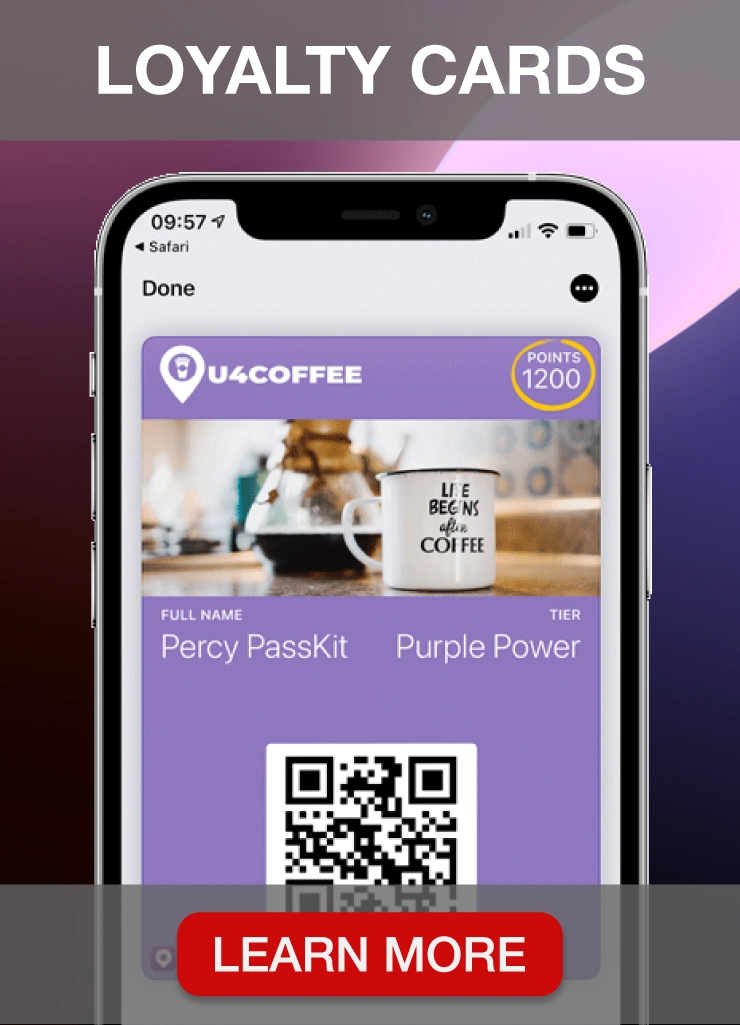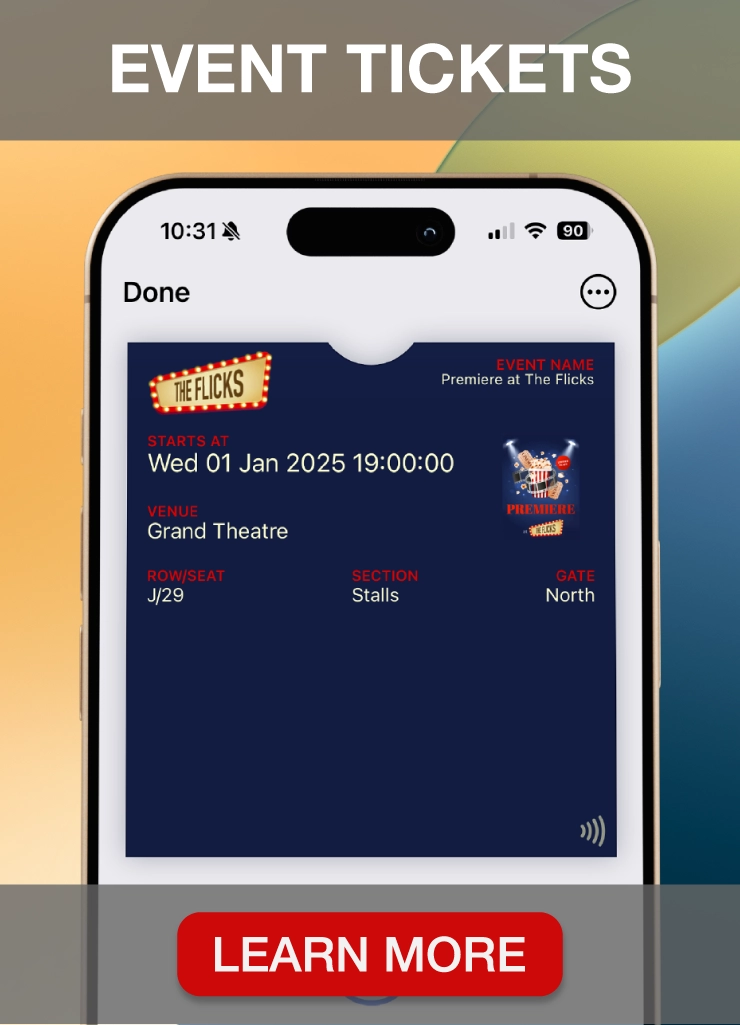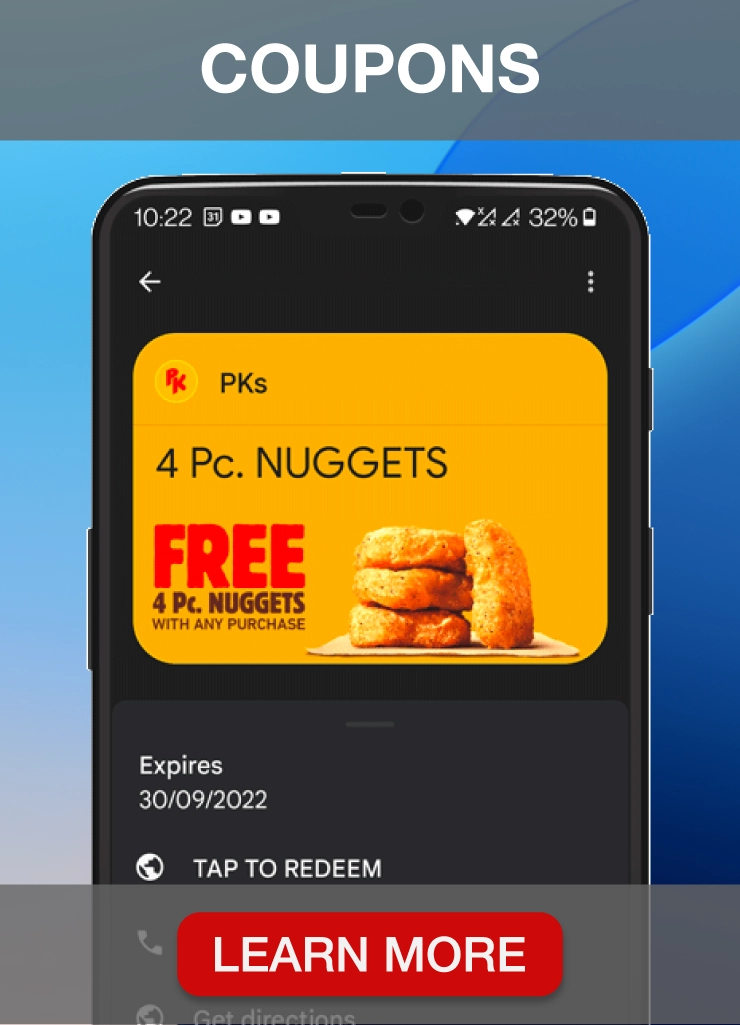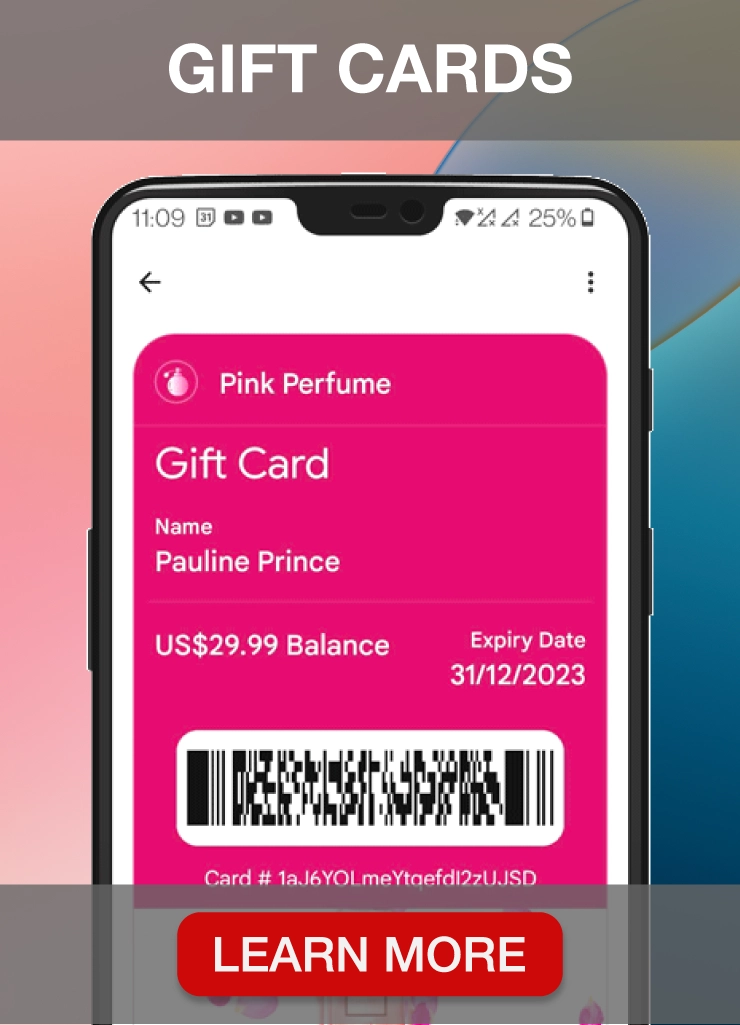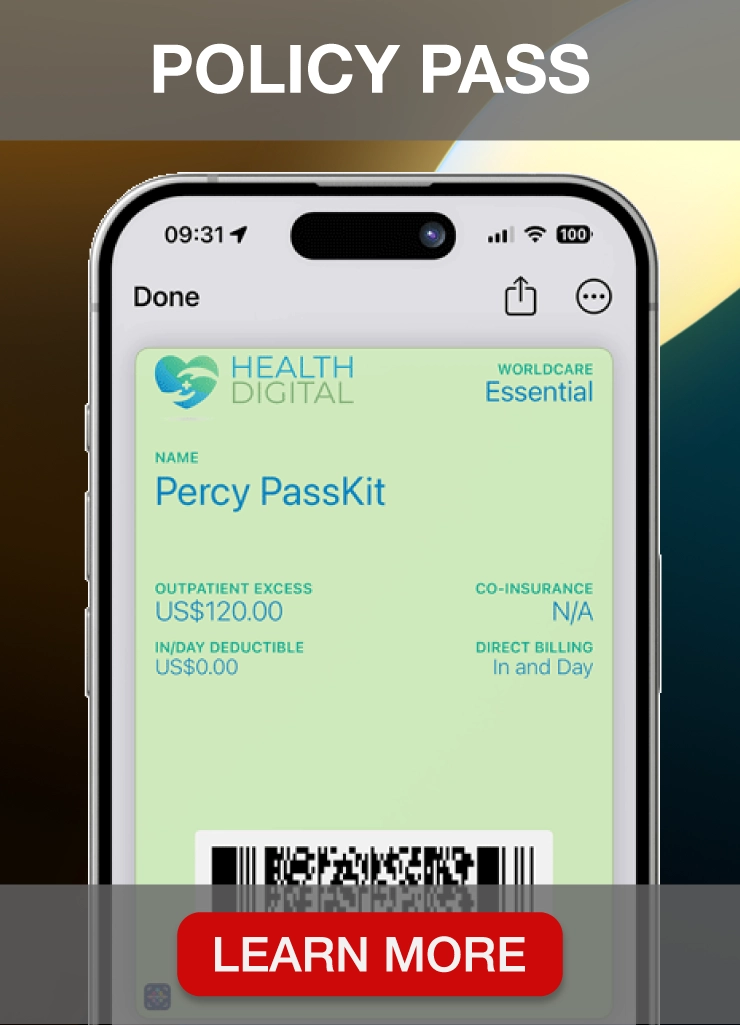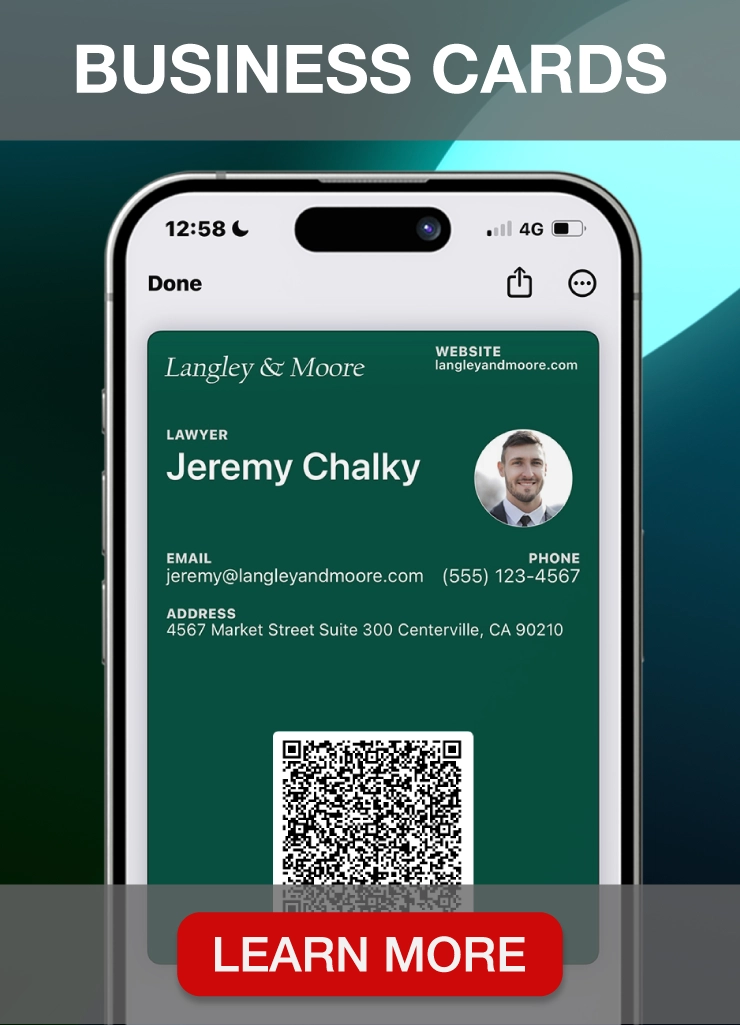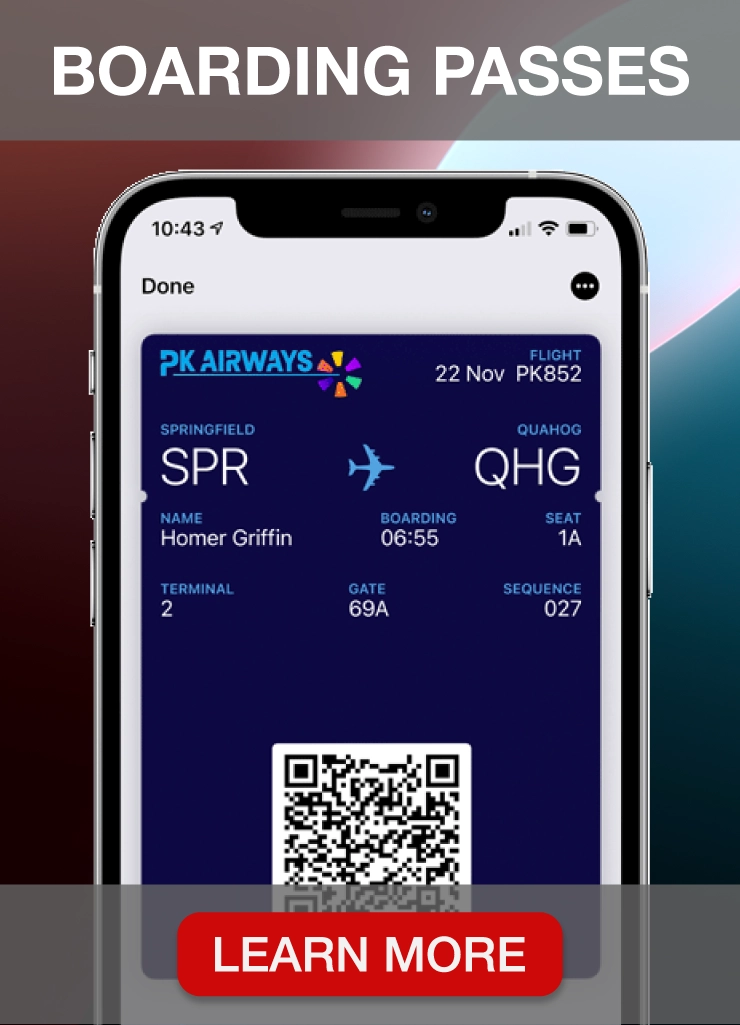Image source: LTVplus
Customer experience represents the customers’ perception of each interaction with your brand. Businesses use customer experience metrics to track:
- Overall customer satisfaction
- Purchase frequency and retention rates
- Customer service quality and performance
- Customer loyalty
A positive customer experience, feelings that customers have when interacting with your company, will drive their loyalty and make them repeatedly pay for your products or services.
Statistics show that:
- 80% of customers think their experience with the company is equally important as their product or service
- A PWC research shows that for 73% of customers, a good experience represents a critical impact on their loyalty to a brand
- If they have a poor customer experience with a brand, 89% of customers will turn to its competitors
- Most companies (75%) with loyalty programs have a positive ROI
- According to different reports, 77% of customers participate in loyalty programs
- 82.4% prefer to shop at stores that offer loyalty programs
You can start using PassKit, our digital loyalty platform, which helps you improve the overall customer experience by creating loyalty programs. You can create digital loyalty cards, membership cards, and coupons, distribute them on multiple marketing platforms and track loyalty program data. To see how it works, sign up for a 45-day free trial right away.
Keep reading to determine which customer experience metrics you should pay attention to and learn how PassKit helps you achieve your business goals.
What are customer experience metrics?
Image source: Patrick Tomasso
Customer experience metrics (CX metrics) help you quantify how customers feel about their interactions with your business, whether through the quality of service, ease of transactions, or other factors. They help you predict future behavior and benchmark success against other companies. CX metrics can be quantitative (e.g., satisfaction surveys) and qualitative (e.g., customer interviews).
While all customer experience metrics have one thing in common, they each serve a different purpose. While some measure how likely customers are to recommend your product or service, others focus on specific aspects like measuring the time customer service needs to resolve an issue. You can collect CX metrics either internally or through third-party surveys.
Internal metrics may include bounce rates or time spent on site. Third-party surveys may consist of satisfaction ratings gathered from SMS, in-app surveys, emails, or other feedback channels you can use to contact customers after purchase.
Let’s see why customer experience metrics are essential and what you can learn from them.
Why are customer experience metrics important?
Image source: Market Business News
Quantifying customer experience is critical for any business. You can track many metrics: satisfaction, loyalty, willingness to recommend, and purchase rate. By understanding how your customers feel about your product or service, you can understand what your customers want and how to improve accordingly.
CX metrics show how well a business is engaging with its customers. They are essential because they can provide valuable insights into your customers’ happiness and help improve your business’s efficiency and effectiveness.
By regularly monitoring these metrics, you can ensure that your business delivers an excellent customer experience, make changes to existing products and services, or create new ones.
What can you learn from customer experience metrics?
It is important to note that there is no “one size fits all” approach to quantifying customer experience metrics. Each metric will depend on the type of business you are operating.
It is critical to pay attention to the metrics most important to your business and use them as indicators of success. Companies need to clearly understand what metrics they are looking for when evaluating their customer experience.
For example, you may want to track satisfaction scores or retention rates or monitor click-through rates on your website or conversion rates for specific campaigns or products within your loyalty programs.
Metrics derived from surveys and focus groups can accurately represent how customers feel about a product or service. However, these metrics should not be confused with real-time data you can use to identify trends in customer behavior quickly.
If you are wondering how you can track various metrics, keep reading.
How to track customer experience metrics?
Image source: Pointillist
There are two ways to track CX metrics. You can follow them manually, for example, by logging in to your website and looking at the number of complaints and reviews each customer has left. Alternatively, you can set up various software to track these metrics automatically.
Tracking customer experience metrics can be tricky for small businesses that aren’t used to doing it manually. It can be hard to keep track of all the different metrics. That’s why it’s essential to find an automated tool that makes this process easy for you.
Let’s see which metrics you have to monitor in 2022.
11 customer experience metrics to monitor this year
Image source: TeamSupport
Technological advancements and software you can use to collect data allow you to understand your customers better. Let’s discuss the most critical customer experience metrics and explain each.
1. Net promoter score (NPS)
A Net Promoter Score (NPS) measures customer loyalty and satisfaction. You can ask customers how likely they are to recommend your product or service to others using a scale from 0 to 10. Respondents are categorized into promoters (9 or 10 ratings), passives (7 or 8 ratings), and detractors (6 or lower ratings). NPS helps your business forecast business growth, revenue, and the overall health of your brand.
2. Customer satisfaction score (CSAT)
CSAT is a key performance indicator that helps you track customers’ satisfaction with your products or services. To measure it, you need to ask your customers: ‘How would you rate your overall satisfaction with the product or service?’.
CSAT can be a valuable metric as it gives insights into how well you meet customer expectations. Additionally, happy customers are more likely to continue doing business with your company. They may also refer others, so tracking CSAT can be an excellent way to boost retention and growth.
3. Customer effort score (CES)
A customer effort score helps measure a consumer’s effort to resolve an issue, purchase a product, return a product, or get an answer to a question. Customers must answer whether dealing with your company was simple or difficult. CES makes it easier for you to detect issues that affect the customer journey.
4. Customer churn rate (CCR)
CCR is a metric that measures the number of customers who have stopped making purchases. In other words, it gives you insight into how many customers you have lost over a specific period.
A high customer churn rate indicates that customers are dissatisfied with your offerings and are likely to switch to a competitor. A low CCR, on the other hand, suggests that customers are happy with your products or services. Therefore, the customer churn rate is a crucial indicator of your ability to retain your customer base and generate revenue.
5. Customer retention rate (CRR)
The customer retention rate (CRR) measures how many customers a company retains over a given period. It is one of the critical indicators of customer loyalty. A high CRR leads to increased profits. Loyal customers are more likely to repeat purchases and recommend your business to others.
6. Customer conversion rate
The conversion rate is the percentage of customers who take a specific desired action. That desired action is usually the conversion from potential customers into paying customers; however, depending on business goals, the desired step can also be registering on the website, signing up for a subscription, etc. Measuring customer conversion rate helps you improve your sales and marketing funnels and lower costs per acquisition.
7. Customer lifetime value (CLV)
Customer lifetime value denotes how much a client is worth to your business across the entire relationship, not just on a purchase-by-purchase basis. It’s a great metric to use if you have a multi-year relationship with a customer—for example, a paid subscription—or if you want to spot the early signs of attrition—for example, you notice spending declining after the first year. It can also help you optimize your marketing spending to focus on your most valuable customers.
8. Customer referral rate
The customer referral rate represents a percentage of referred purchases as a proportion of total purchases. For example, if 1% of your purchases come from your referral program, 1 in 100 purchases are made by referred customers. It’s a key indicator of customer satisfaction and loyalty and can be a powerful marketing tool.
9. First contact resolution (FCR)
FCR is the percentage of incoming service calls or requests resolved during the first interaction with the customer, thus avoiding a second contact. With high FCR rates, customer satisfaction is usually high. Measuring FCR gives insights into the effectiveness of your customer service and if your agents are helpful enough.
10. Average resolution time (ART)
In real-time, the ART metric measures the average time an agent takes to resolve a customer service conversation, a question, or a problem. It depends on the issue complexity and the number of available agents. You can optimize customer service processes or employ more people if needed.
11. Customer health score (CHS)
The health score of a customer measures the chance that someone will churn (i.e., switch to a competitor, cancel their subscription, quit using a product, etc.). You can provide targeted discounts or discounts to customers with a low health score to maintain the relationship.
PassKit software allows you to design loyalty programs and collect loyalty program data easily. Let’s explore how you can use it to improve critical customer experience metrics such as churn rate, retention rate, conversion rate, lifetime value, and referral rate.
How to boost customer experience metrics with PassKit
Customers are becoming increasingly demanding, making it more important to focus on their experience rather than the products or services you provide. With PassKit, you can create customer loyalty programs and reward your loyal customers. They can add your digital loyalty cards, membership cards, or coupons to Apple Wallet or Google Pay, popular mobile wallets they already use and trust.
PassKit, our customer loyalty software, gives you insights into what customers want and need. Using PassKit analytics, you can better understand how your customers interact with your loyalty program. Loyalty program data help you make necessary improvements, tweak your offers to suit your customers’ needs, make them feel more connected to your business, and improve their customer experience.
PassKit integrates with Apple Wallet and Google Pay, so you don’t have to build a custom app. Coding and designing can be costly, and with PassKit, you can avoid both. PassKit also integrates with POS and CRM systems, so it will work with your existing software, requiring no additional expenses.
Let’s see what kind of data PassKit can collect and analyze for you.
What data do you get with PassKit
If you know your customer’s preferences, you can make smarter investment decisions. You can avoid investing in generic marketing that does not guarantee a return on investment.
PassKit has an intuitive dashboard that gives you an overview of your loyalty program’s performance over time. You can see the number of enrolled members and track how many of them have installed or uninstalled your digital cards over time.
With PassKit, you can get information on the effectiveness of each distribution channel and understand which brought the most customers to your loyalty program. It helps optimize your marketing strategy, budget planning, and spending.
The most crucial metric that concerns loyalty programs is the redemption rate. You can calculate it by dividing the number of used rewards by the number of issued rewards. A loyalty program’s redemption rates may indicate how customers respond to incentives and whether or not they are interacting with your business.
You can learn about customer preferences and behavior by examining which rewards appeal to customer segments. For example, if your business offers different incentives, the redemption rates can show you which are the most popular, i.e., used the most.
Next, we will explore how PassKit can help you promote and distribute your digital passes on multiple marketing channels.
Multi-channel distribution and PassKit
Using multiple marketing channels to promote your goods or services is known as multi-channel distribution. Using PassKit, you can distribute your digital passes through a variety of channels, thus reaching a more extensive number of customers.
You can utilize PassKit to distribute your rewards via
- SMS marketing
- Social media marketing
- Email marketing
- Company website
- Search marketing
- Receipt marketing
- in-app advertising
- Near-store visual merchandising
- in-store visual merchandising
- Retail marketing
- POP marketing
- NFC payment terminals
- Location-based marketing
Access to different marketing channels through PassKit represents a cost-effective approach for small businesses. The process is also faster, as users permit to contact them or obtain their data only once when registering for the loyalty program, so you do not have to get permission for each channel they use.
PassKit developed another product, Loopy Loyalty, specializing in digital stamp cards (punch cards). If you run a small business and do not need all of the features PassKit offers, Loopy Loyalty may be a good alternative.
What is Loopy Loyalty
Loopy Loyalty allows you to reward the customers of your restaurant, nail salon, gym, or coffee shop with points for every purchase by digitalizing a traditional stamp card they can use after each transaction.
With Loopy Loyalty, you can monitor key performance indicators and boost customer loyalty. With the Searchable Transaction History feature, you can retarget customers based on their behavior to offer them unique bargains or rewards and optimize their experience with your brand. The Loyalty Program Metrics feature allows you to assess the return on investment of your digital loyalty program and adjust if needed.
Customers will feel valued or bond with the company even more. Don’t give your customers old plastic cards that get thrown away or environmentally unfriendly paper coupons that they will lose. With PassKit and Loopy Loyalty, you can create digital membership cards and coupons. Customers might like the rewards, but you must utilize new technologies and be environmentally responsible.
You can sign up for Loopy Loyalty today.
Customer experience metrics: Wrapping up
Image source: indianretailer.com
In this article, we explained why collecting and analyzing customer experience data is critical. By monitoring and analyzing each customer experience metric over time, companies can better understand their customers’ needs and make adjustments to increase their revenue.
In addition, nowadays, a personalized experience represents a part of customer expectations, and CX metrics can offer insight into how to provide customers with what they want. All the metrics come into play and offer an overview of overall customer satisfaction with your brand.
Afterward, we presented PassKit, our digital loyalty program software that can help you improve metrics like churn rate, retention rate, conversion rate, lifetime value, and referral rate. Through the PassKit portal, you can design digital passes in minutes. Once a customer adds your digital loyalty card to their Apple Wallet or Google pay, you can automatically send notifications and update passes with rewards, special deals, and offers.
You can reward your loyal customers and acquire new ones. Contrary to an average reward program, loyalty programs designed with our software can collect redemption data and help you create programs with increased success rates.
Sign up for PassKit now to experience all the benefits firsthand.
Customer experience metrics: FAQ
Let’s look into some of the most frequently asked questions related to CX metrics.
Why is it essential to measure CX metrics?
Your business has to have happy customers to succeed. CX metrics give you insight into how satisfied customers are and what you can do to increase their experience. Not only can these metrics help you retain existing, but they can also help you get new customers and increase your revenue.
What is a Net promoter score (NPS)?
NPS is one of the essential CX metrics. It typically consists of a single survey question asking respondents to rate the likelihood that they would recommend a product or service to someone they know. Customers who rate their experience as a 9 or 10 are considered promoters, while those who rate their experience as a 0 to 6 are considered detractors. The NPS score is calculated by subtracting the percentage of detractors from the percentage of promoters.
What is the Customer satisfaction score (CSAT)?
A customer satisfaction score (CSAT) is an important metric that measures customer satisfaction with a service or product. It can be calculated by tracking customer feedback using a survey tool or manually measured by performing qualitative research.
What is the Customer churn rate (CCR)?
Churn rate is a metric that represents the percentage of customers who churn (stop using a product or service) in a given period, for example, within a month.
What information can we collect via a loyalty program?
In addition to requesting the standard information required to sign up for a membership, you can include custom fields to collect more specific customer data. Data on location, age, and spending habits, may be obtained for further analysis.

